You wouldn’t be alone if you admitted that the only beach bird you can ID is a seagull. Read on to find out about some of the lesser-known beach birds you’ll spot on Adelaide’s shores.
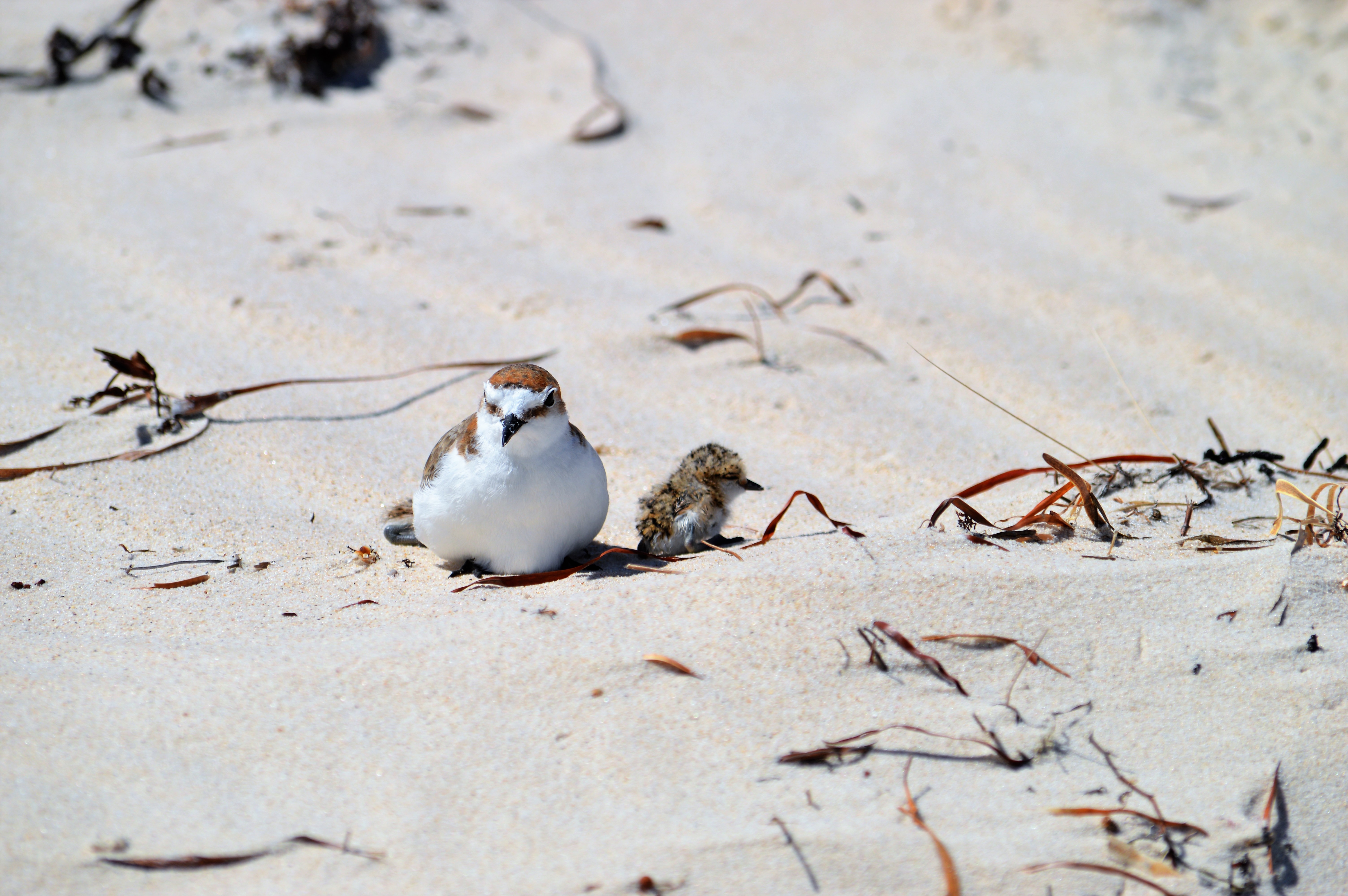
While it might seem like there’s only seagulls on the beach trying to mob you for chips, there are many others that aren’t interested in your chips at all.
Australia’s most threatened beach-nesting bird can be spotted right here on our metro beaches too.
Here’s 5 birds that aren’t seagulls to keep an eye out for:
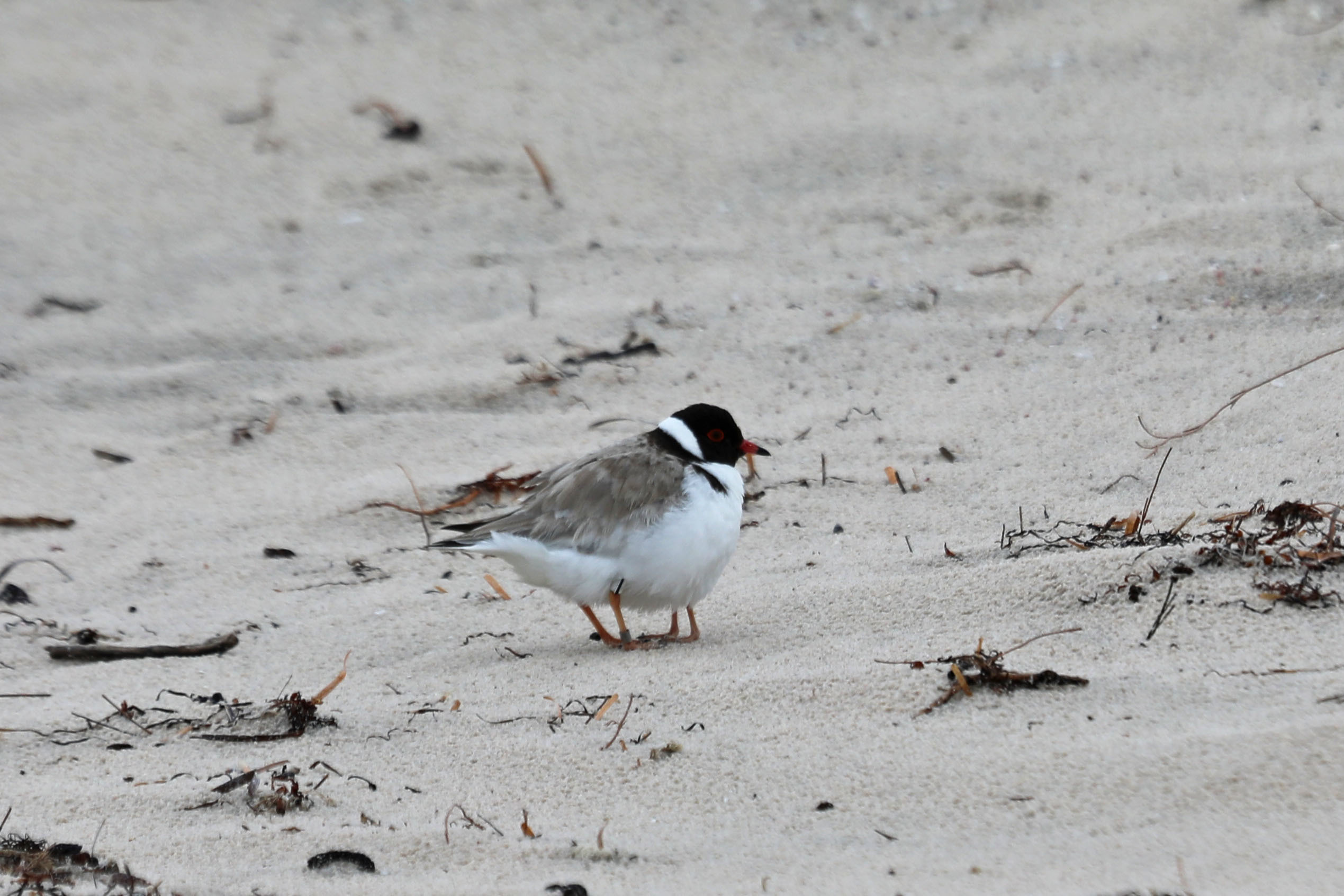
1. Hooded plovers
Hooded plovers live year-round on our beaches, but chances are you’ll hear most about them between August and March. That’s because it’s when they’re breeding.
When they aren’t breeding, they hang out in groups (called flocking). When crunch time comes, they separate into pairs to defend their territory and put all their energy into raising adorable, fluffy chicks.
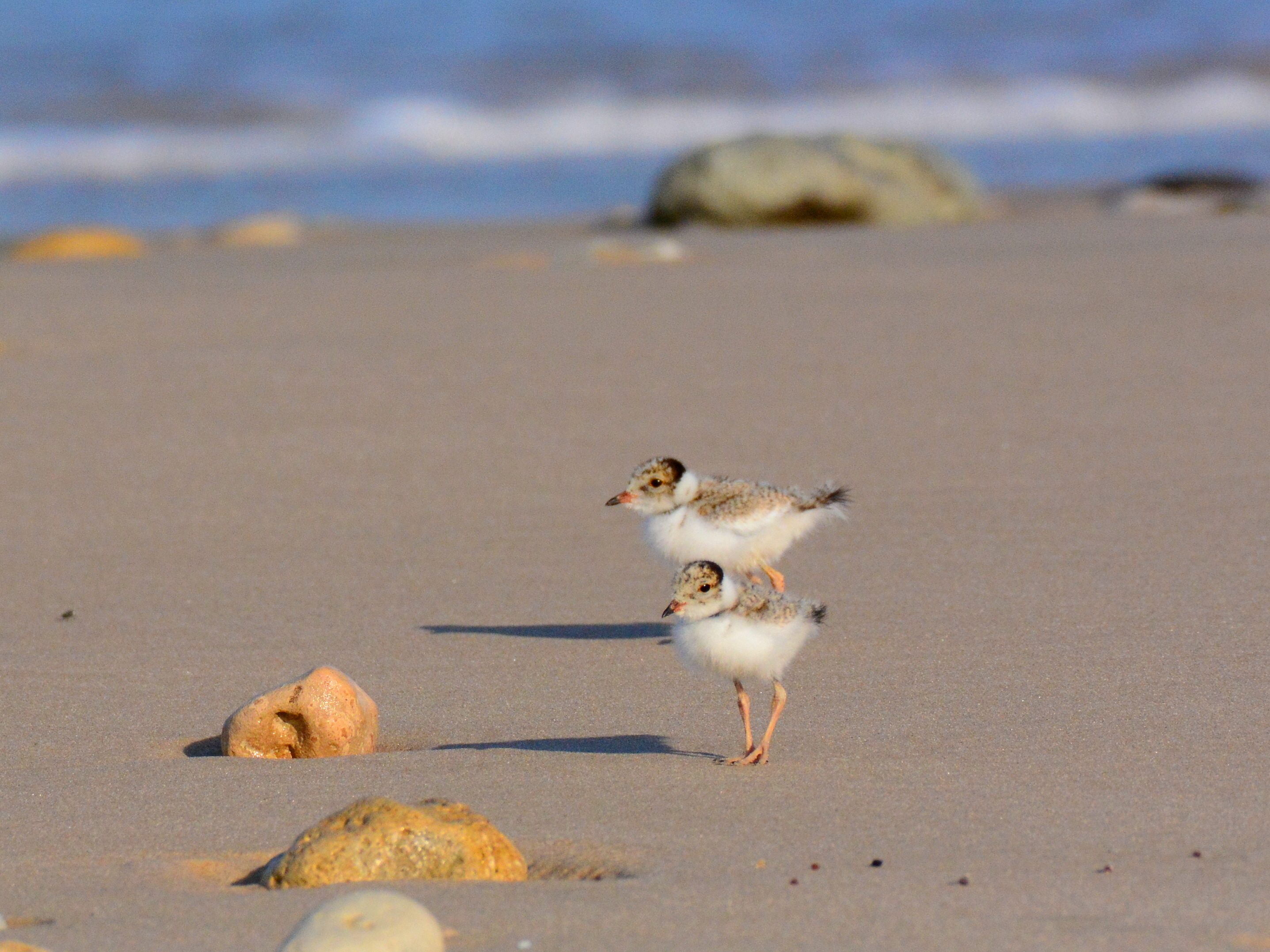
The chicks can’t fly for the first 5 weeks of their life and need to get their own food from the minute they hatch. It’s a challenge, and many chicks never make it to flying (known as fledging).
Hooded plovers are Australia’s most threatened beach-nesting bird – there’s only around 70 of them in the Adelaide and Fleurieu Peninsula population.
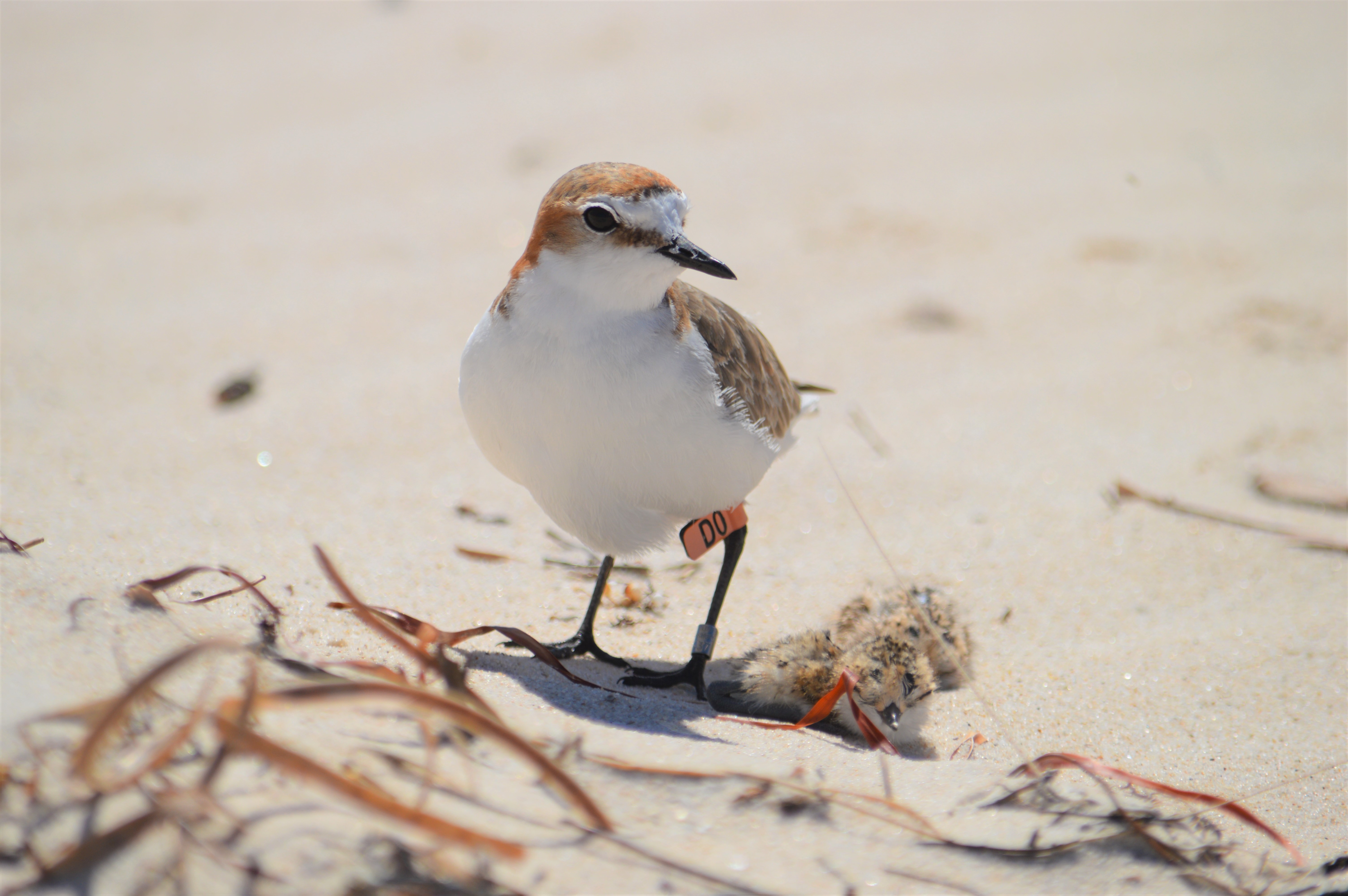
2. Red-capped plovers
Red-capped plovers are Australia’s smallest beach-nesting bird and a fully-grown adult weighs about the same as a muesli bar.
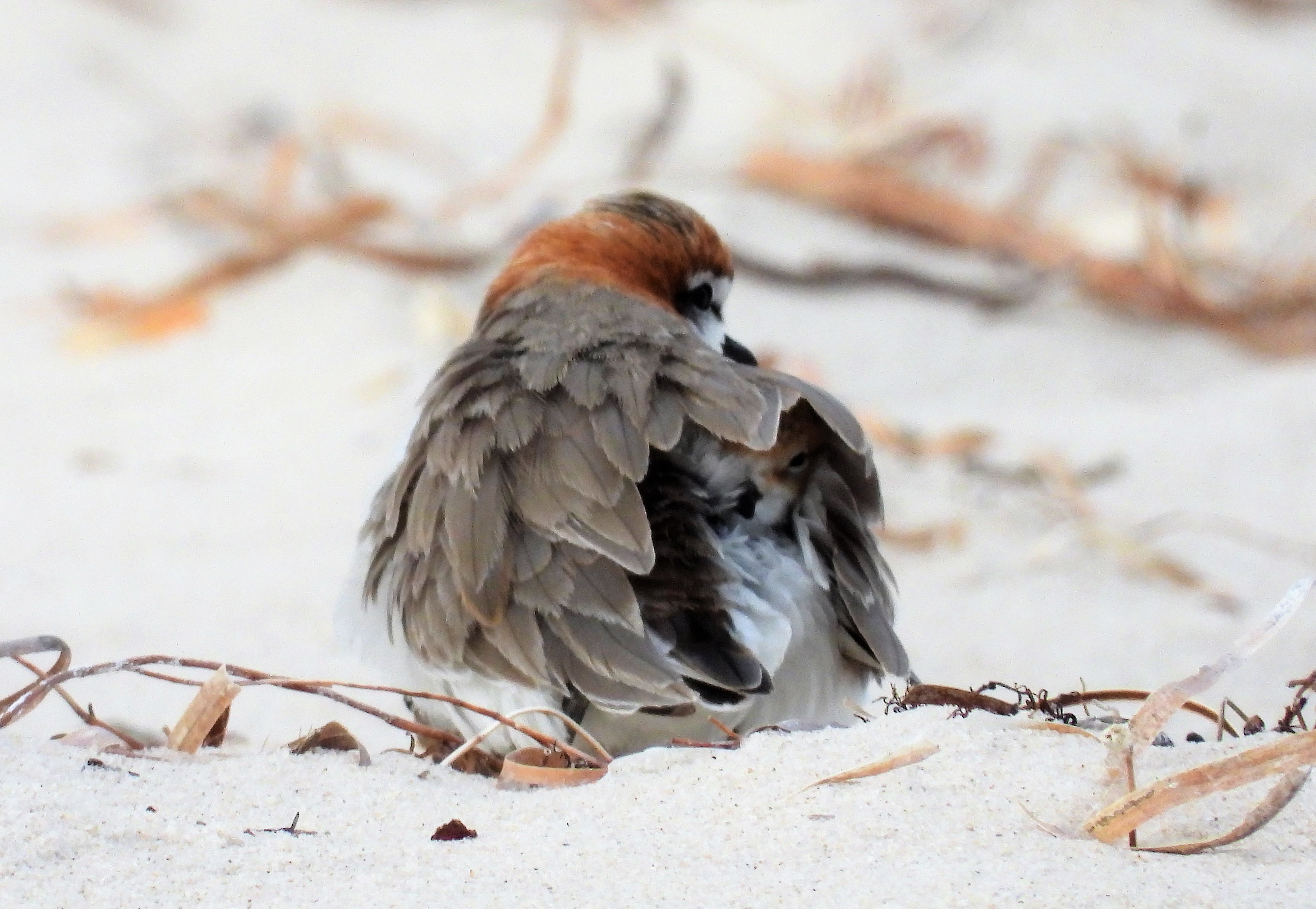
Red-caps are found all over Australia.
There has been monitoring of a small population in Adelaide’s west that has shown numbers decreasing lately.
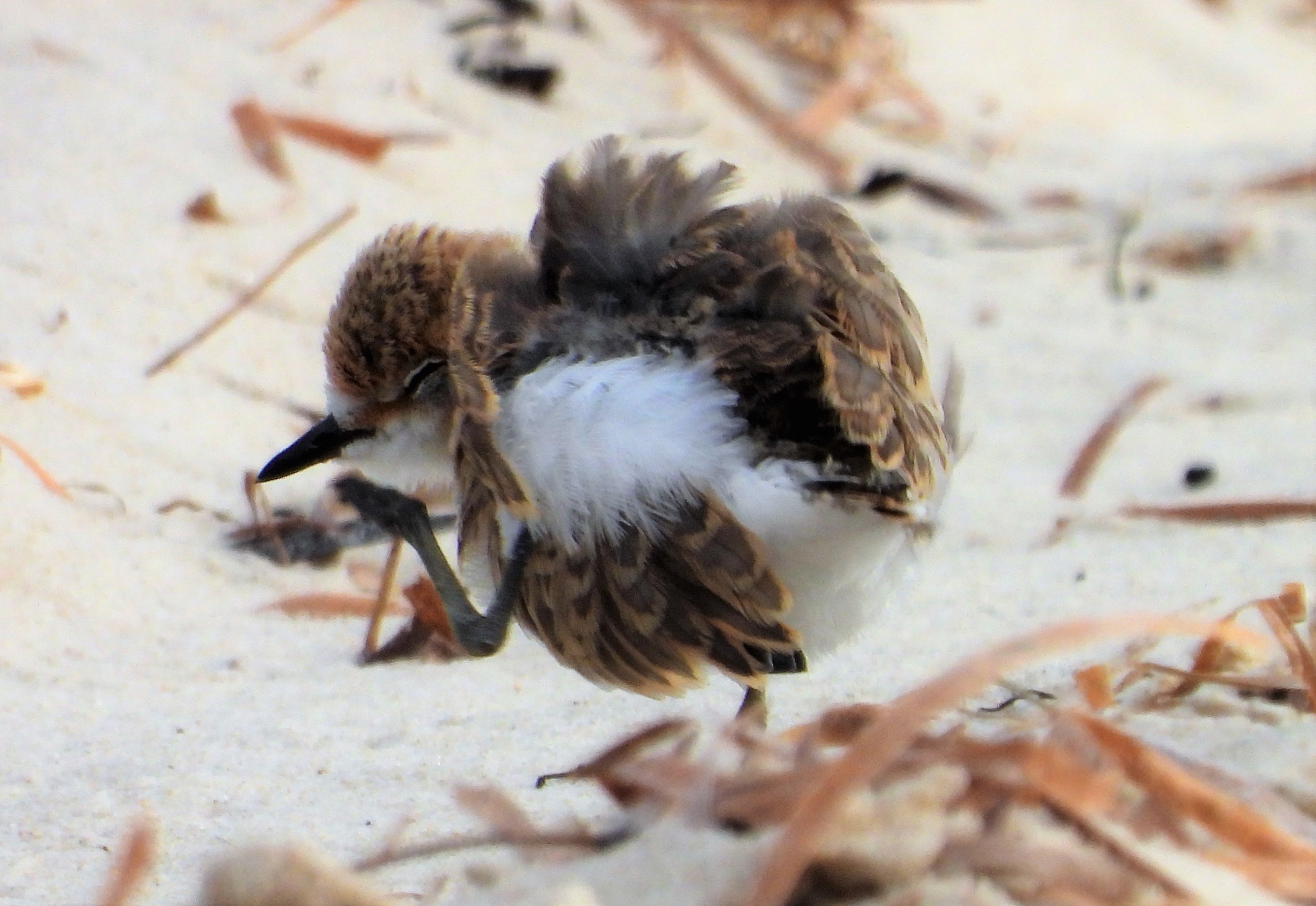
Like hoodies, red-capped plovers face many challenges during their breeding season, which runs roughly from August to March (like hoodies). Their challenges are not being eaten by seagulls, magpies, foxes or feral cats, but instead being scared away from their family by humans and unleashed dogs.
Their chicks also can’t fly until they are 5 weeks old.
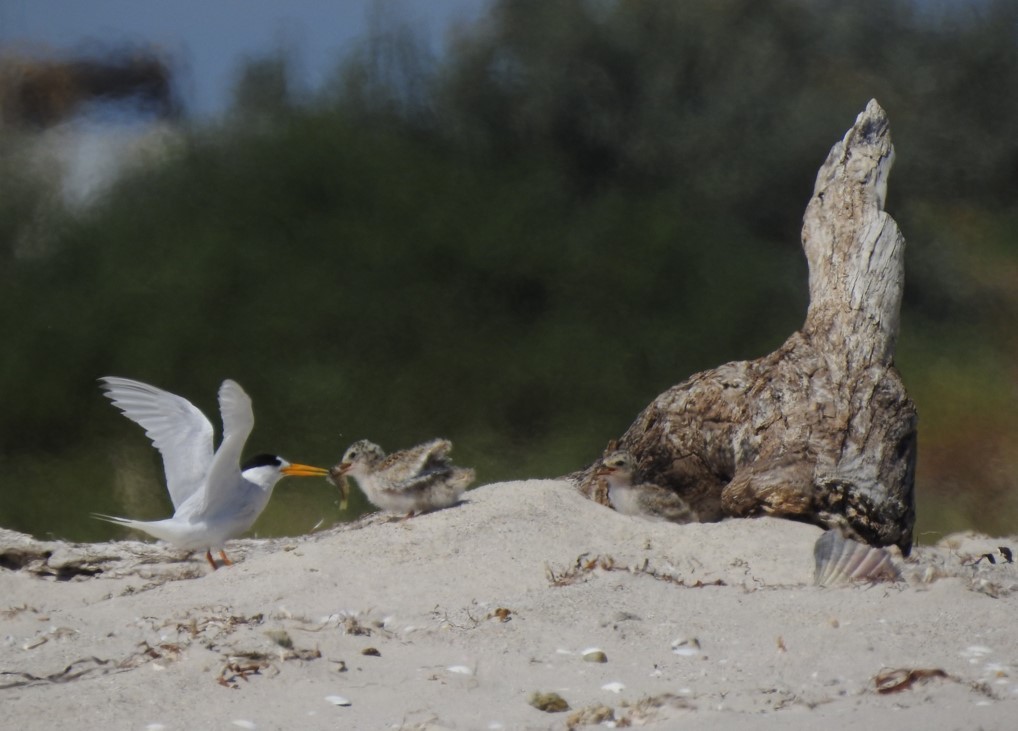
3. Fairy terns
Possibly the closest thing we have to fairies in Adelaide – fairy terns are another small beach-nesting bird.
The size of an adult fairy tern is less than a ruler (22-27 centimetres) long, so perhaps bigger than you’d imagine the magical variety, but still very small. The chicks are teeny at around the size of a 50-cent piece and are fed tiny fish by their parents until they can learn to hunt on their own.
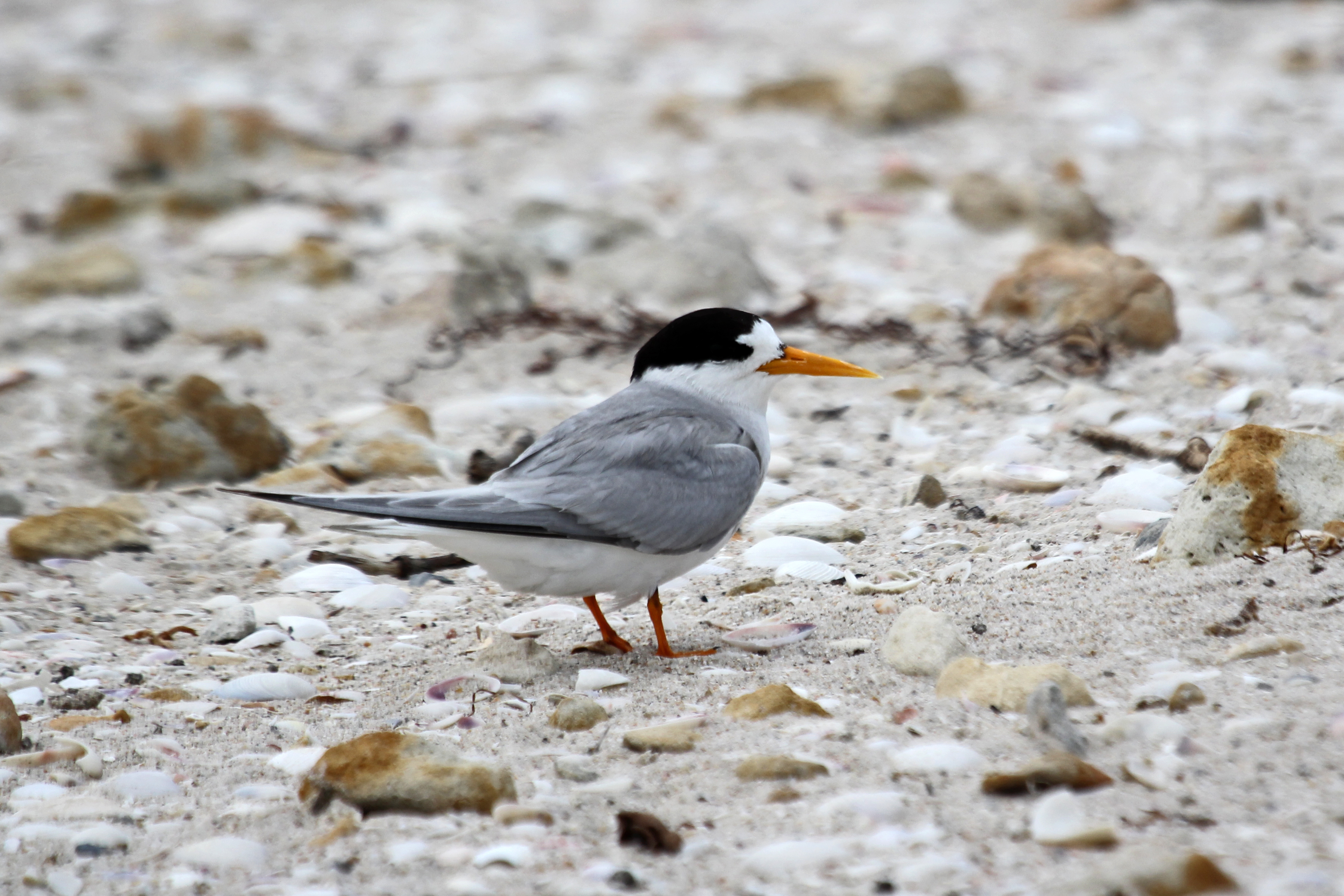
Fairy terns are considered endangered in South Australia. Their challenges include dodging foxes, off-leash dogs, feral cats, rising tides, and fighting off aerial predators like ravens and silver gulls, which are known to depredate (i.e. steal) their eggs and chicks.
One way you can help fairy terns is by not feeding seagulls. It’s really the perfect excuse not to share your chips. Why? By giving seagulls extra food, they can raise more families to terrorise beach-nesting birds like fairy terns.
The fairy tern breeding season is September to March.
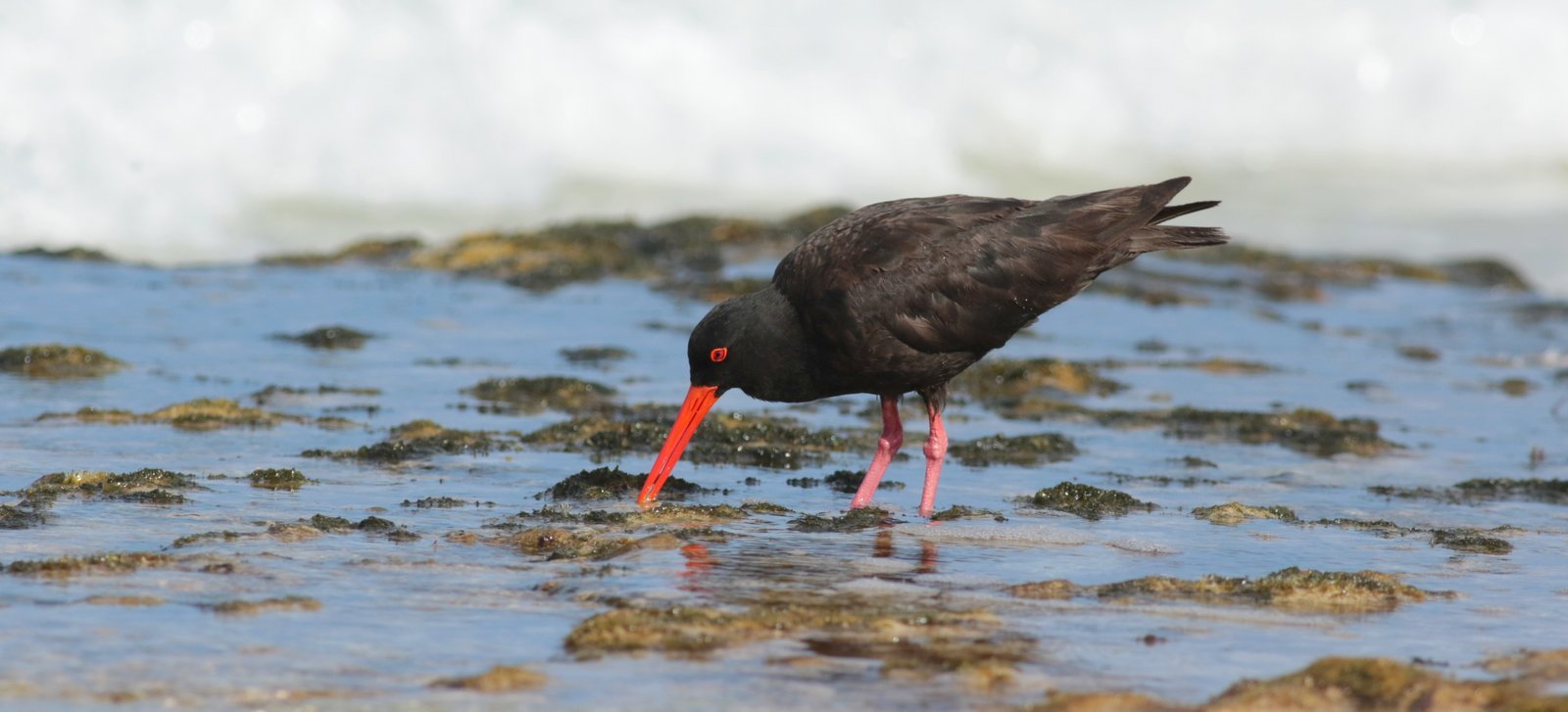
4. Sooty oystercatchers
The sooty oystercatcher is the only shorebird in Australia that’s feathers are completely black, with bright orange/red eyes, legs and beaks.
They’re a big bird (but not the same species as THE Big Bird) and grow to around 50 centimetres long.
These birds live only on the coast. When it’s breeding time, they hang out in groups and both parents share the task of sitting on the eggs until they hatch.
Like our other beach-nesting birds, the sooty oystercatcher breeds between October and January – a hectic time to be living on the busy beach.
Sooty oystercatchers make a beautiful call like a peeping sound, and you often hear them before you see them.
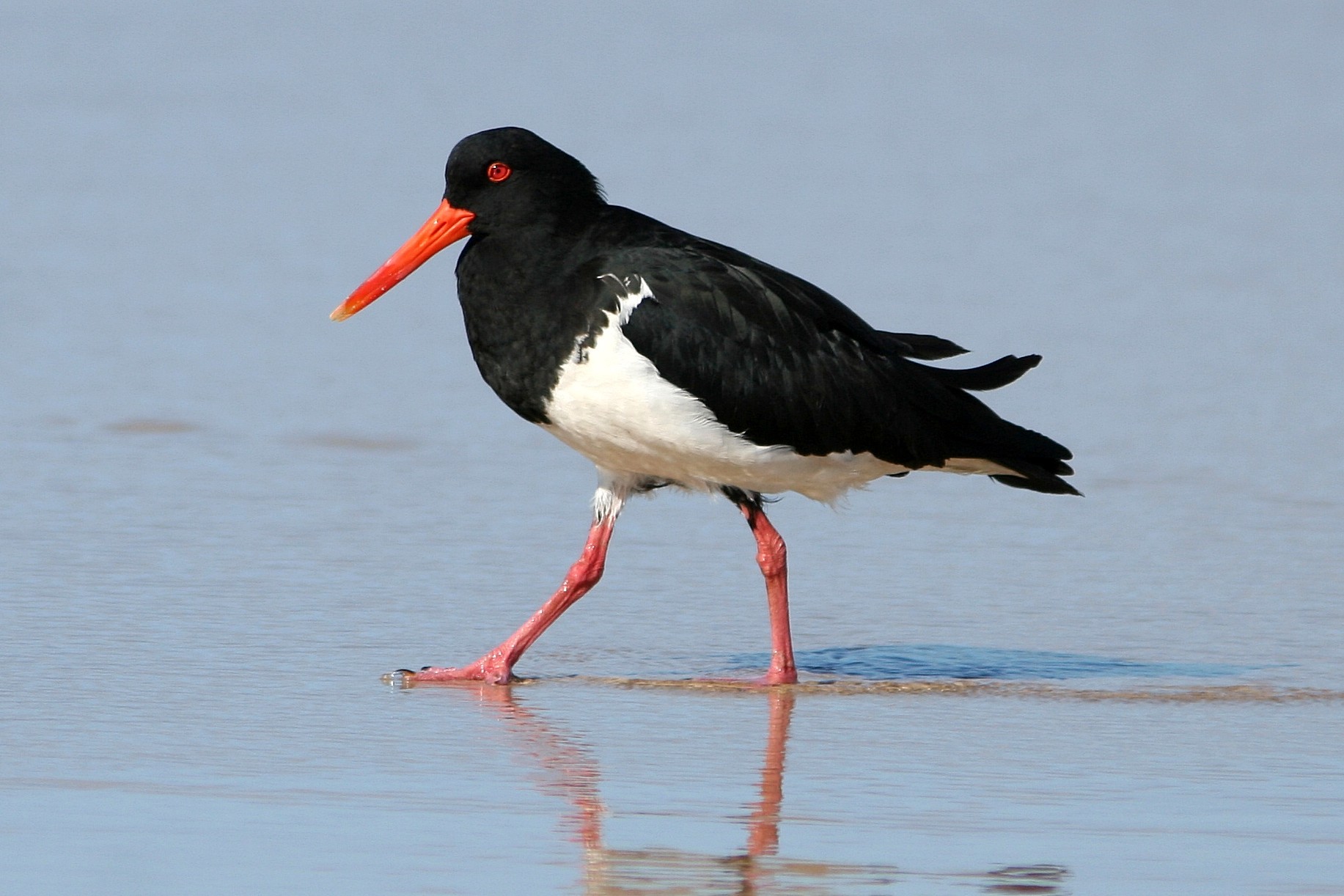
5. Pied oystercatchers
Got a sibling or cousin there’s just no denying you’re related to? For the sooty oystercatcher, that’s the pied oystercatcher.
Male and female pied oystercatchers look very alike with possibly the only difference side-by-side being that the female has a longer, slimmer beak – good luck trying to tell them apart without binoculars!
Pied oystercatchers use their long beaks to search the sand (or mud) for critters including sandworms and crabs. Unlike their relative, this oystercatcher is happy to venture away from the coast – it’s not common but they may be spotted at estuaries or even in a pasture.
Like their other beach-nesting friends, their nests are not a showy affair at all – yep, they’re also literally just a scrape in the sand. It kind of works though, like for other beach-nesting birds, because their eggs look similar to the surrounds, protecting them from predators.
Pied oystercatchers nest between August and January – a shorter season to hoodies and red-caps.
How can you help?
Register to become a beach-nesting volunteer for the coming breeding season.
Don’t have the time to volunteer ongoingly? No probs – you can also play a part by reporting hooded plover sightings via email.
And there are even simple thing you can do at the beach:
- Don't feed seagulls.
- Leash your dog at the beach.
- Keep an eye out for signs indicating there are nests or chicks on the beach.
- Only walk below the high tide mark (on the wet sand).
- Move away quietly when you spot hoodies on the beach.
- Tell everyone you know to do the same!